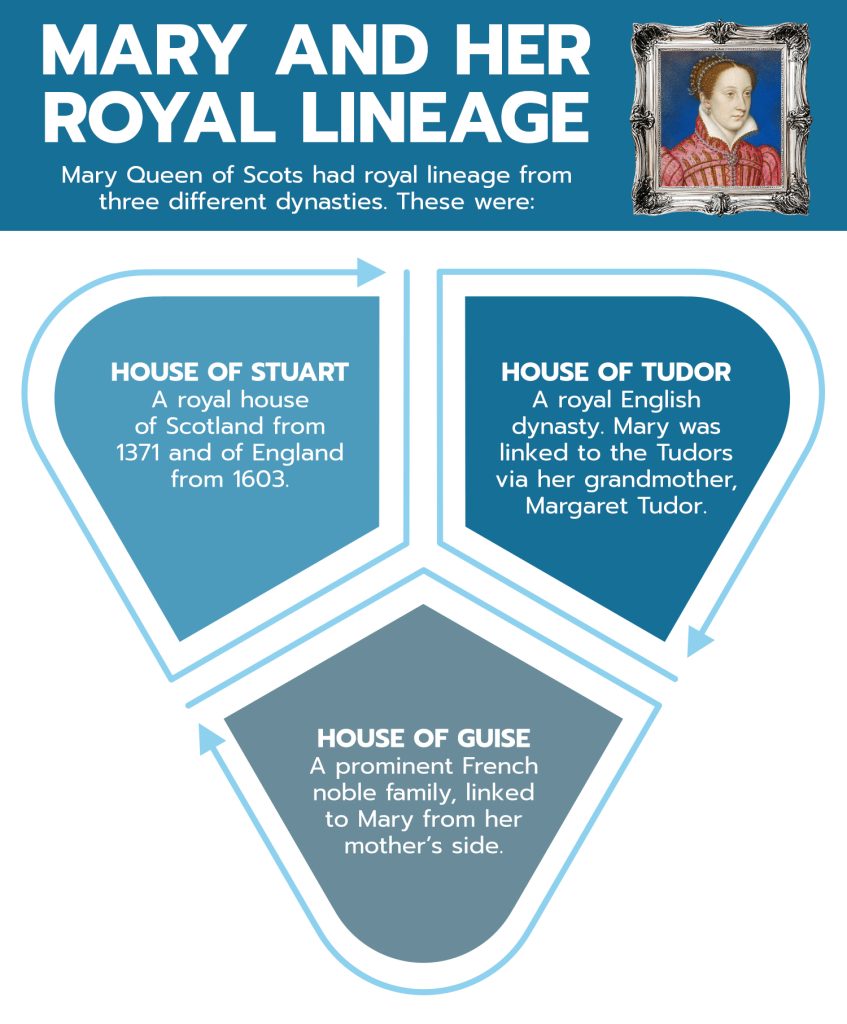Mary Queen of Scots is one the most famous figures in Scottish history. Her tumultuous life – full of romance, deceit and tragedy – has been a source of fascination for historians for decades, including successful autistic author Mickey Mayhew, who has written extensively about Mary and her intriguing life.
Early Life
Born in 1542 to Mary of Guise and King James V of Scotland, Mary Stuart became Queen of Scots at just six days old after the untimely death of her father. Mary’s mother, a member of the House of Guise, made sure that Mary was sent to France at the age of five, where she was brought up at the court of King Henry II and his queen Catherine de Médici.
Marriages
Mary was initially to marry Prince Edward, the son of King Henry VIII of England, but this was not agreeable to the Scots and she was instead married to Francis, Dauphin of France, in 1558. While she was fond of her young groom, the marriage was not to last as Francis died only two years later, leaving Mary a widow at age of just 18. This was followed by two equally short-lived marriages, first to Lord Darnley from 1565 to 1567 and then to James Hepburn, better known as Lord Bothwell, from 1567 to 1578.
Queen of Scotland
After her return to Scotland in 1561, Mary quickly learned that things were very different to the French courts. However, she managed the affairs of the country relatively well up until her second marriage, which caused controversy and antagonised those interested in the religious power structure of Scotland. After Darnley’s murder in 1567, things got worse for Mary, who agreed to marry the chief suspect in her late husband’s death, Lord Bothwell, who was no more acceptable a match for Mary in the eyes of the Scottish nobility. This ill-fated pairing divided the country in two and ultimately lead to Bothwell fleeing the country and Mary being incarcerated.

Captivity and Death
During her captivity, Mary made plans for her release. In 1568, after escaping Loch Leven Castle where she was imprisoned, she managed to raise a small army but was quickly defeated in battle and was forced to flee to England. Mary was imprisoned in numerous castles and stately homes in England for the next 19 years. In 1586, she was implicated in a plot against Queen Elizabeth and was subsequently convicted of treason and executed in 1587.
